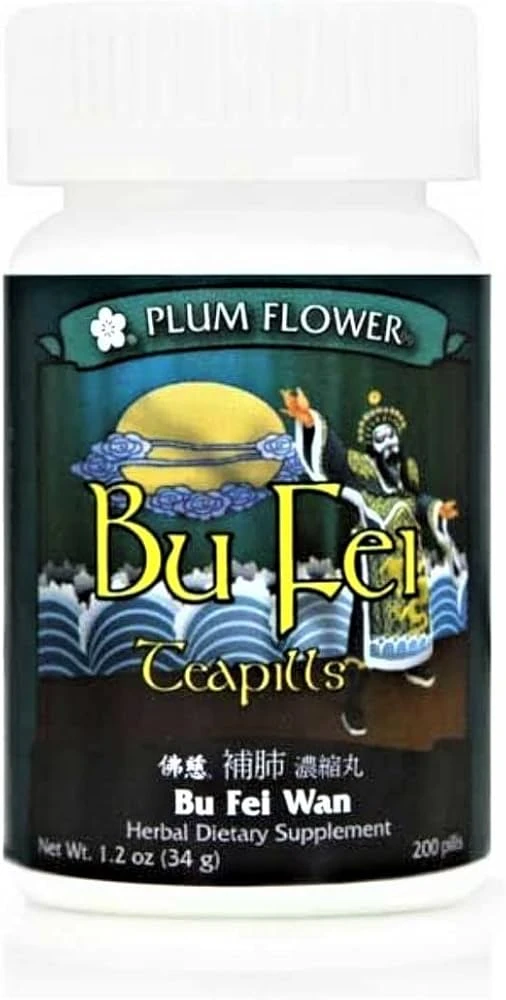Authored by Terrence Shenfield MS, RRT-ACCS, RPFT, NPS, AE-C
Key Functional Groups in Essential Oils and Their Properties
Essential oils have long captivated enthusiasts in the health and wellness community, but their benefits extend far beyond their calming aromas. The secret to their profound therapeutic effects lies within their chemistry. Specifically, it’s the functional groups and essential oil benefits that offer everything from relaxation to immune support.
But what exactly are functional groups, and how do they influence the properties of essential oils? This guide provides a deep-dive into the essential oil molecular composition while exploring steps to harness their benefits in everyday life.
Understanding Functional Groups in Essential Oils
Functional groups are specific clusters of atoms within a molecule that dictate how that molecule behaves. They define the chemical properties, scent, and therapeutic effects of essential oils. These groups determine how the oil reacts with our body's chemistry, influencing its benefits such as anti-inflammatory, antifungal, or uplifting effects.
For example:
- Hydrocarbons (like terpenes) are known to promote relaxation and stress relief.
- Alcohol functional groups (such as linalool found in lavender) exhibit antifungal and antibacterial properties.
- Ketones and aldehydes (like those in eucalyptus) are prominent for improving respiratory health.
This rich chemical diversity explains why essential oils are widely used in aromatherapy and holistic care.
To explore more detailed insights into functional groups, check out Understanding the Functional Groups in Essential Oils.
Essential Oil Molecular Composition
The molecular composition of essential oils is key to unlocking their various applications. Comprised of hydrocarbons and oxygenated compounds, their small molecular size enables them to penetrate skin barriers quickly and interact with bodily systems.
Here are some major molecular categories found in essential oils:
- Terpenes - A fundamental structure in many essential oils, responsible for their characteristic aroma and therapeutic benefits. Terpenes like limonene are known for their uplifting effects, while pinene supports respiratory function.
- Aldehydes - These molecules provide calming, antifungal, and antiviral effects. Citronellal in lemongrass is an excellent example.
- Phenols - Known for their antimicrobial benefits, phenols are found in oils like oregano and thyme.
To enhance your knowledge about essential oils, visit our curated resources on Aromatherapy and Essential Oils.
How Functional Groups Affect Essential Oils
A key factor to understanding essential oils’ effects lies in recognizing how functional groups affect essential oils.
Here are a few insights into how specific groups influence their therapeutic potential:
- Terpene Hydrocarbons
Terpenes are responsible for the aromatic qualities of many essential oils. More so, they contribute antioxidant and anti-inflammatory benefits. Relevant oils include frankincense and orange, both of which promote relaxation and boost respiratory function.
- Alcohol Groups
Alcohol groups in essential oils, such as those found in tea tree oil, make them potent against bacteria and fungi. These oils are ideal for wound healing and preventing infection.
- Ketones
Highly effective for respiratory health, ketones in peppermint and rosemary deliver exceptional support for clearing sinuses and promoting focus.
This interplay of molecular structures and functional groups is why essential oils have diverse applications, from skincare to emotional wellness.
To learn more about applications in aromatherapy, check our Essential Oil Therapy Guide.
Major Health Benefits of Essential Oils
Essential oils are celebrated worldwide for their wide-ranging therapeutic effects, thanks to their specialized functional groups.
1. Stress Relief and Relaxation
Oils like lavender and chamomile reduce cortisol levels through their linalool and acetate functional groups. Their calming aroma restores balance and emotional well-being.
2. Immune Support
Tea tree oil and eucalyptus promote immunity due to their strong antibacterial and antiseptic properties stemming from alcohol and aldehyde groups.
3. Improved Skin Health
Oils such as geranium and rose contain alcohol groups that balance oils in the skin, reduce acne, and promote healing.
4. Pain Relief and Anti-inflammatory Effects
Peppermint oil, rich in menthol, a cyclic alcohol group, acts as a natural analgesic for muscle and joint pain.
5. Respiratory Benefits
Eucalyptus and peppermint oils, rich in ketones, can clear the respiratory tract and support lung health.
6. Mood Enhancement
Citrus oils, containing limonene (a terpene), are widely used to uplift mood and combat fatigue or sadness.
How to Choose the Right Essential Oils
Choosing the correct essential oil for your wellness goals involves understanding the properties of functional groups bearing therapeutic value. To make the most informed decision:
- Define Your Needs
Are you looking for stress relief, pain management, or skincare benefits? Select oils whose molecular composition aligns with your goals.
- Focus on Purity
Select essential oils that are 100% pure, without synthetic additives. Adulterated oils can lose their therapeutic benefits.
- Look for Scientific Backing
Opt for oils and blends supported by research and recognized in wellness communities.
At ATECAM, we test all our essential oil blends to ensure you get only the best. Visit our exclusive essential oil collection.
Frequently Asked Questions
Q. How are essential oils used in aromatherapy?
Essential oils are commonly diffused, blended into carrier oils for massage, or diluted for topical purposes.
Q. Are essential oils safe to use?
Essential oils are safe when used correctly. Always dilute before applying to the skin, and consult professionals for internal use.
Where Science Meets Wellness
Essential oils are much more than fragrant liquids. Their molecular complexity and the profound effects of their functional groups make them cornerstones of modern wellness practices. Whether it’s enhancing mood, supporting immunity, or improving focus, essential oils deliver results rooted in nature and validated by science.
For a deeper understanding of these incredible plant extracts, explore our tailored guides and shop premium essential oils at ATECAM Wellness.
Citations



